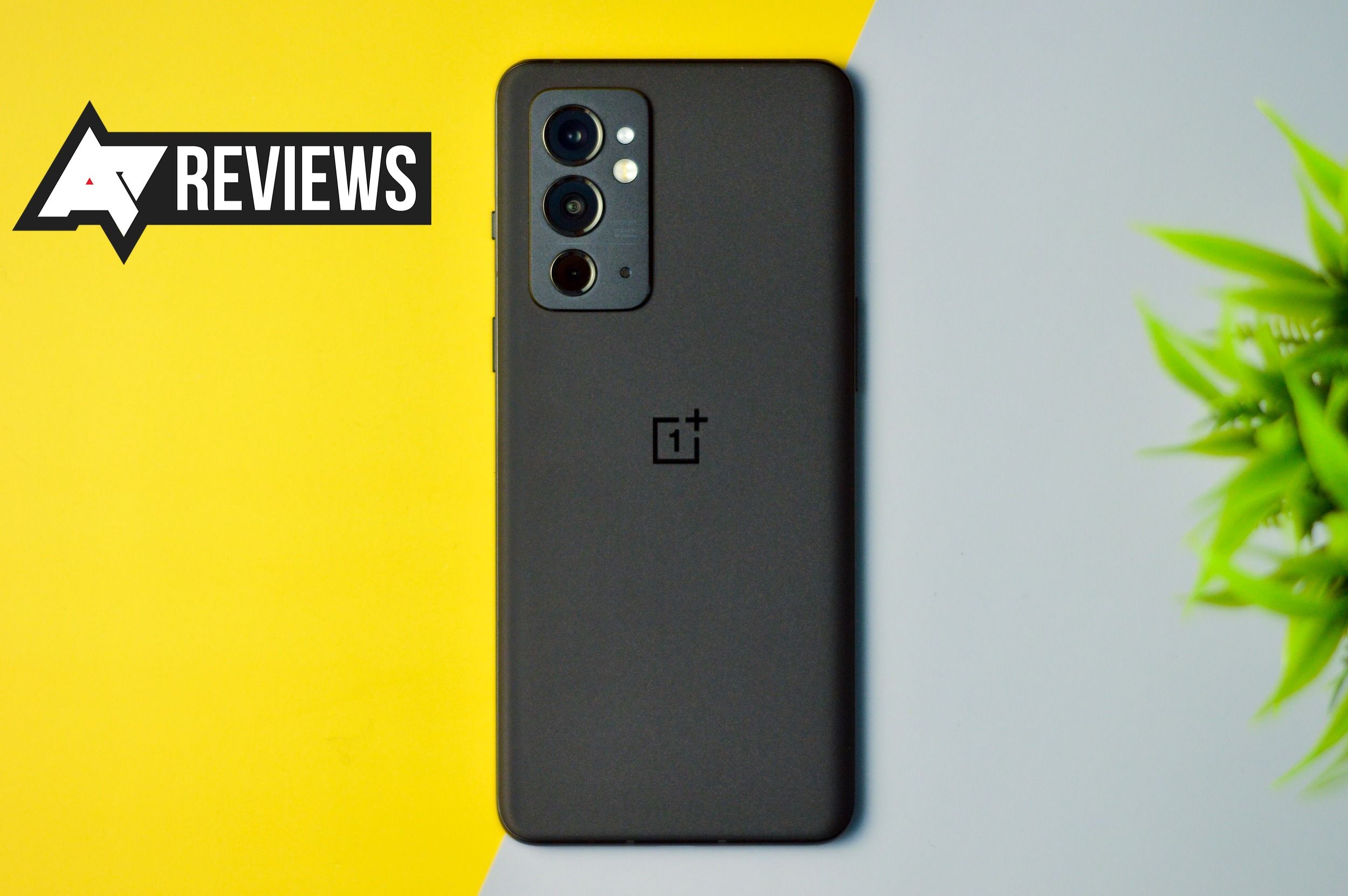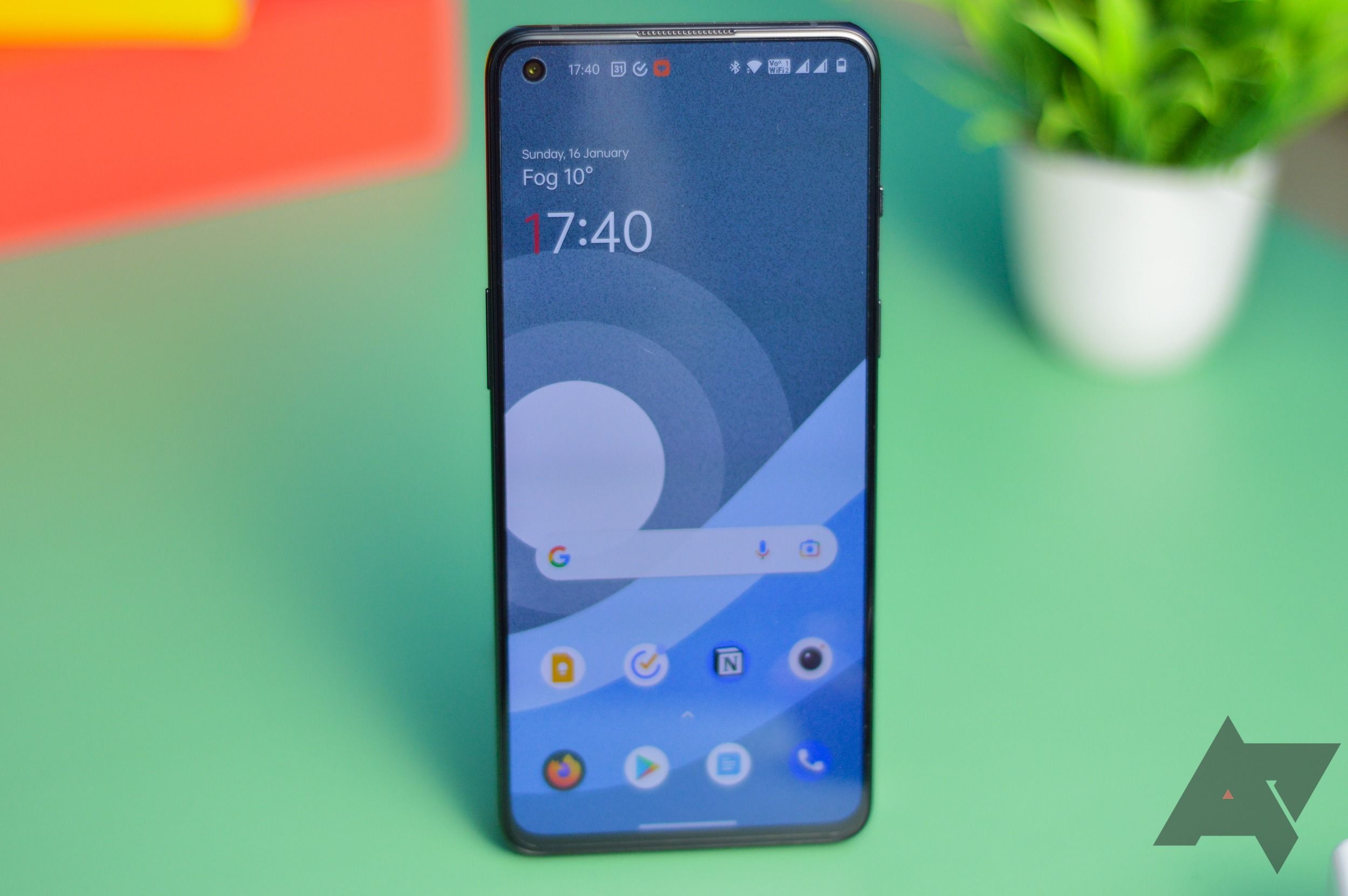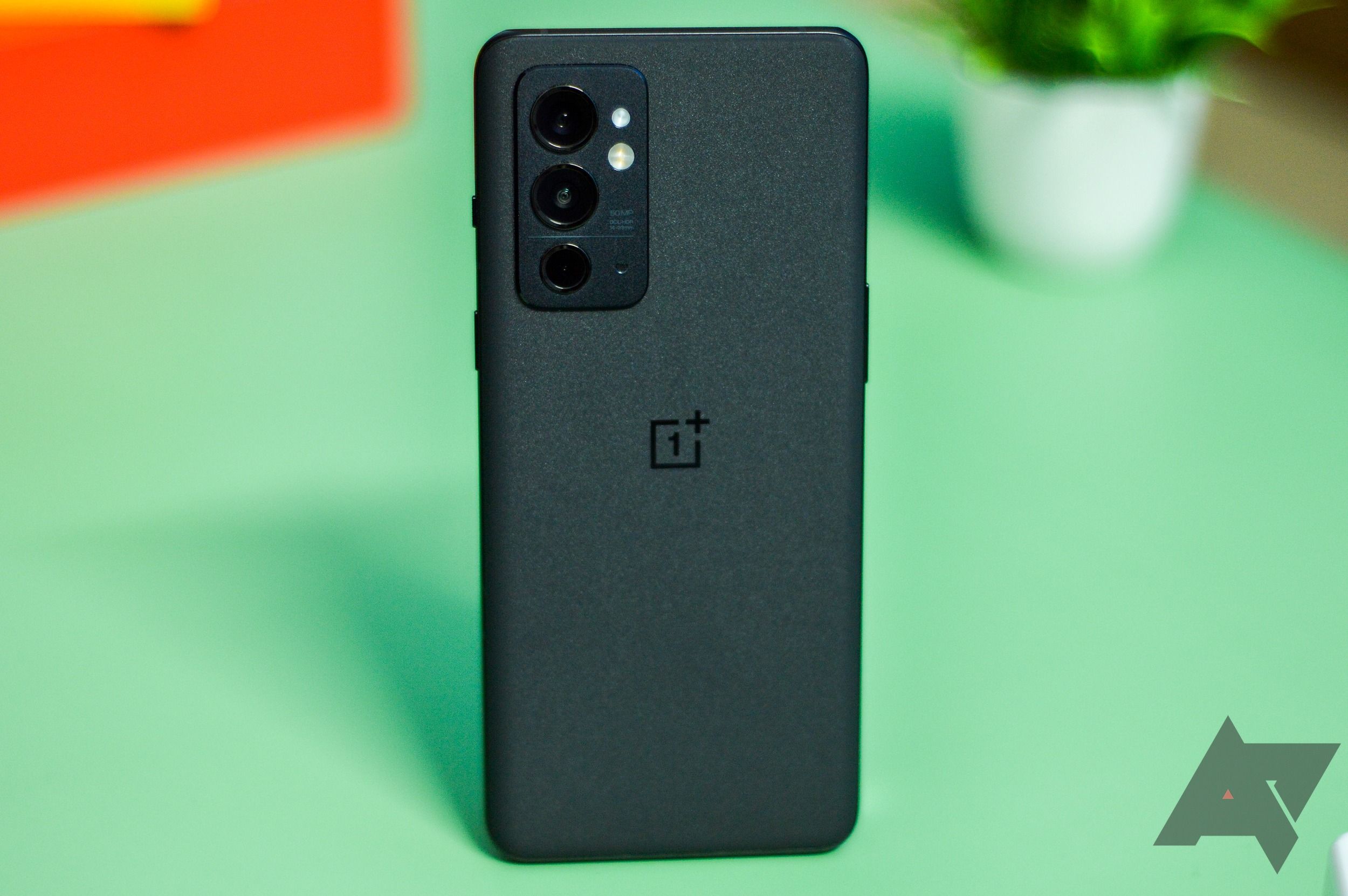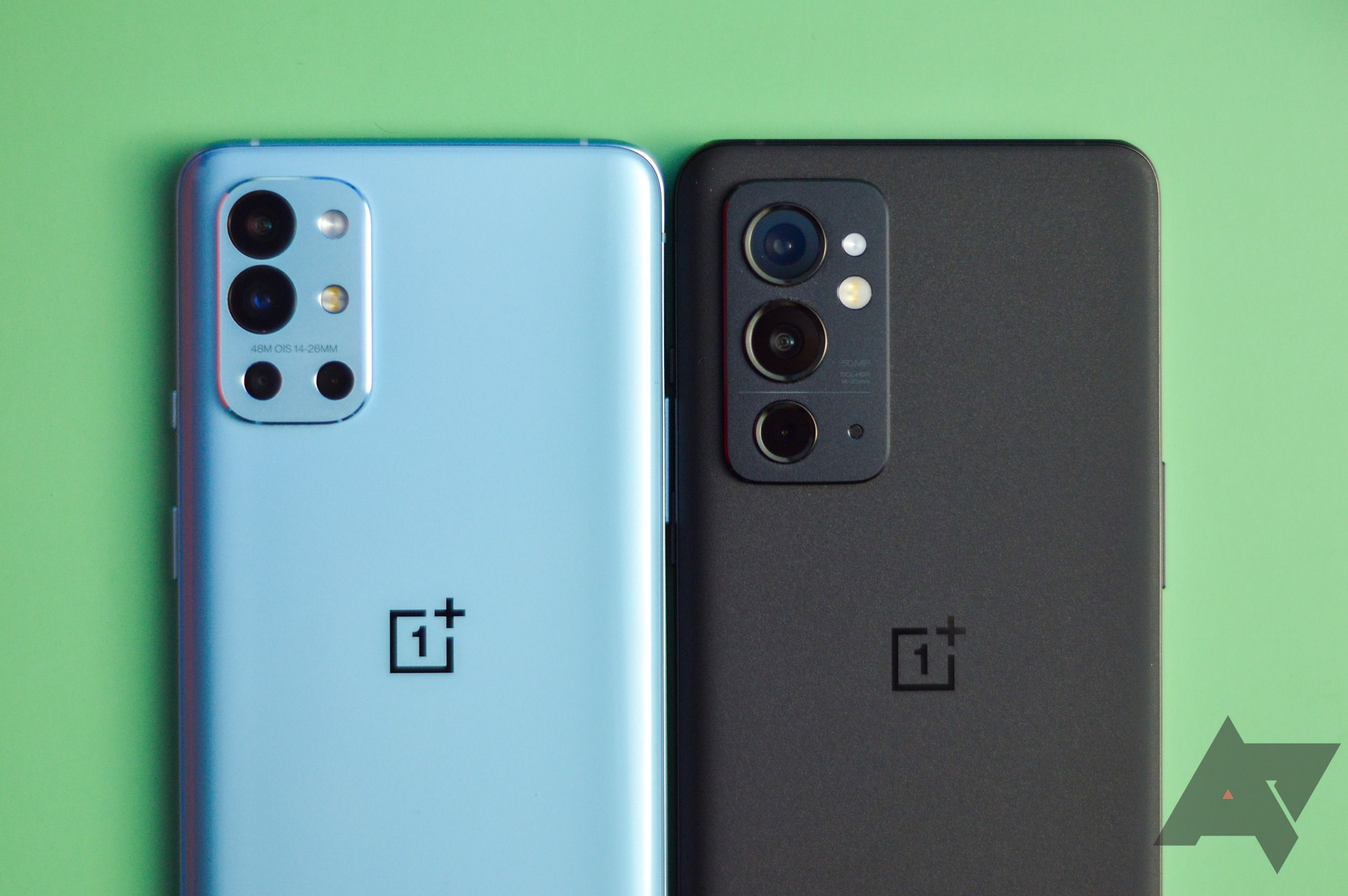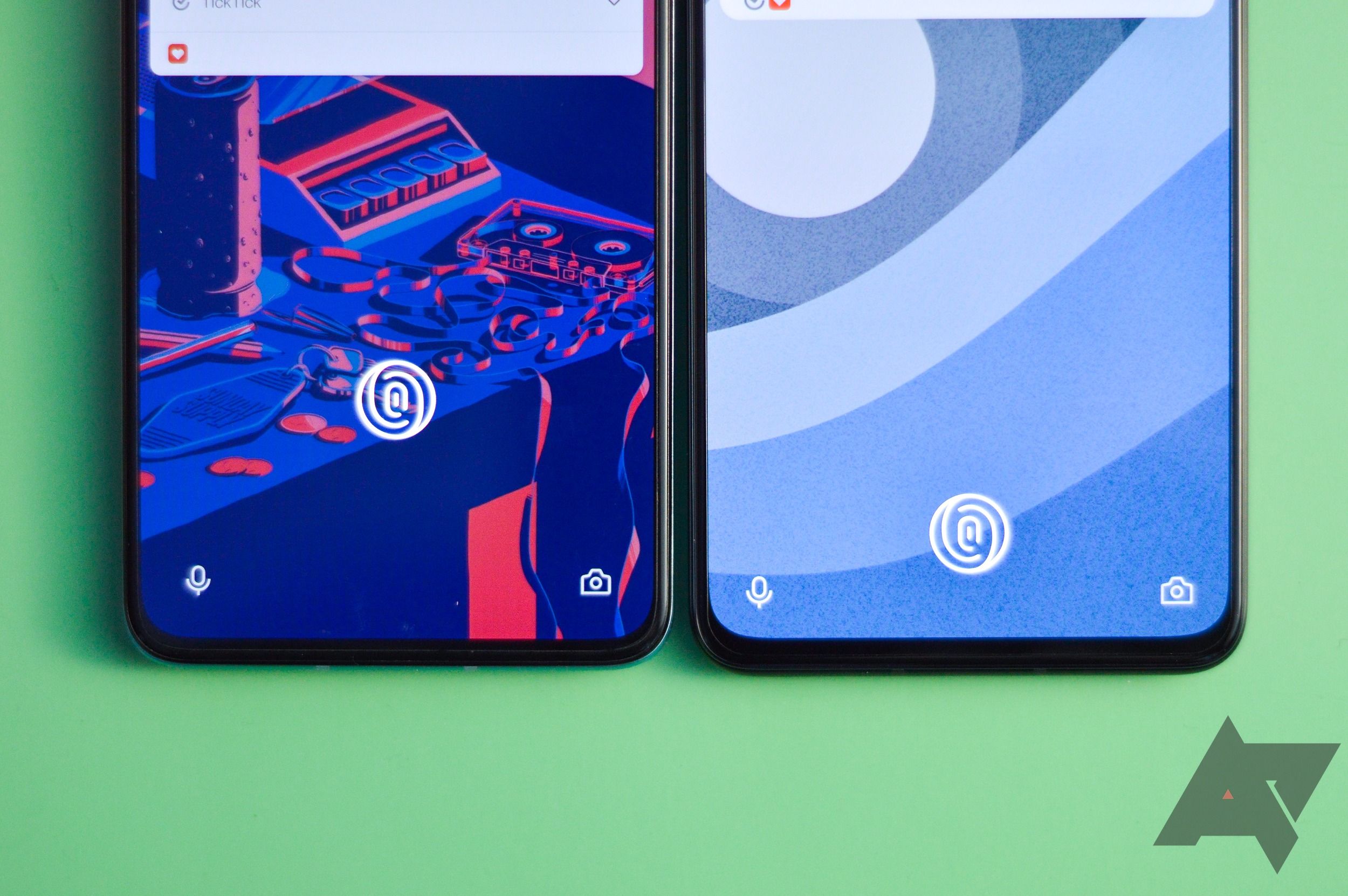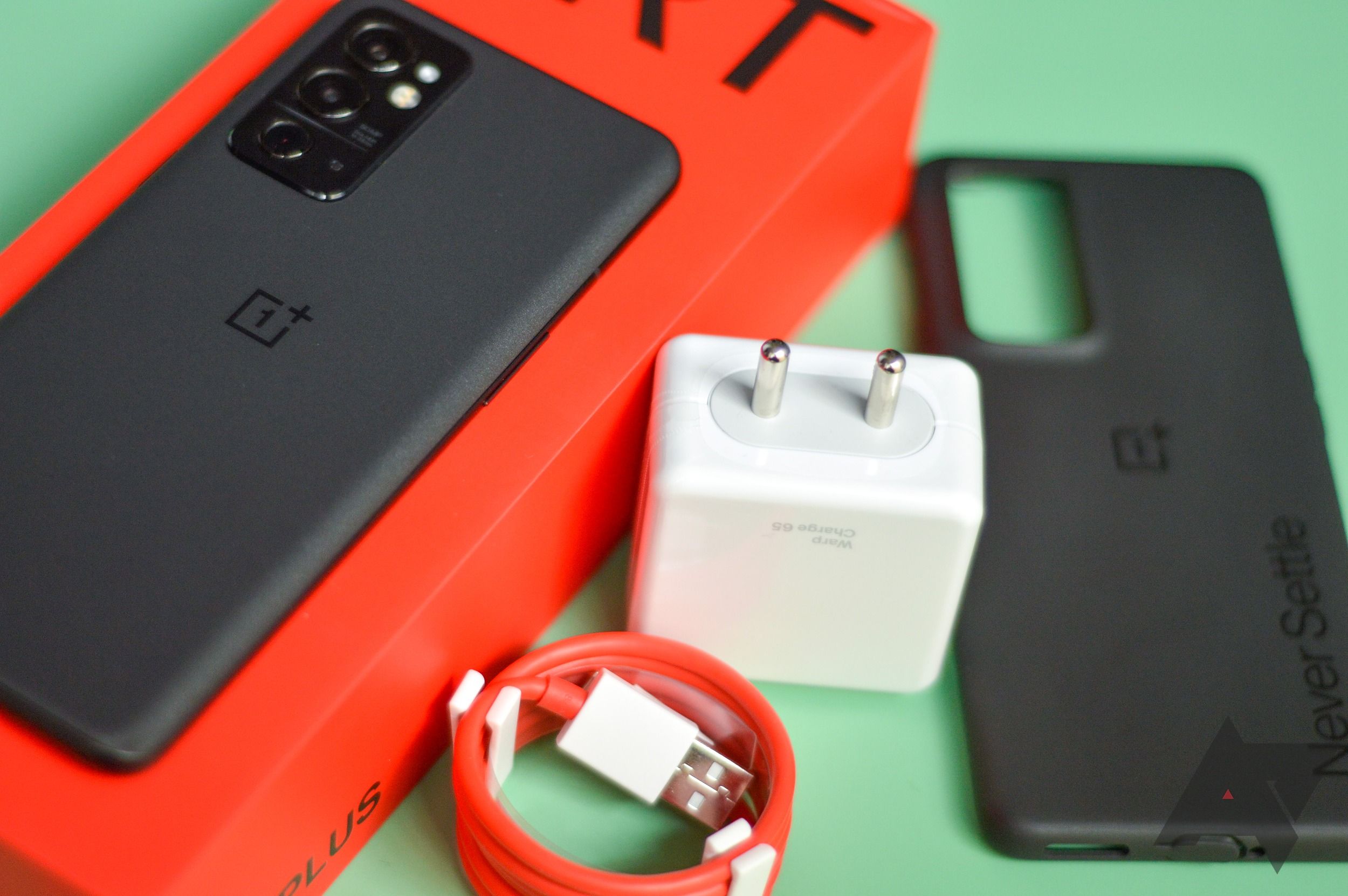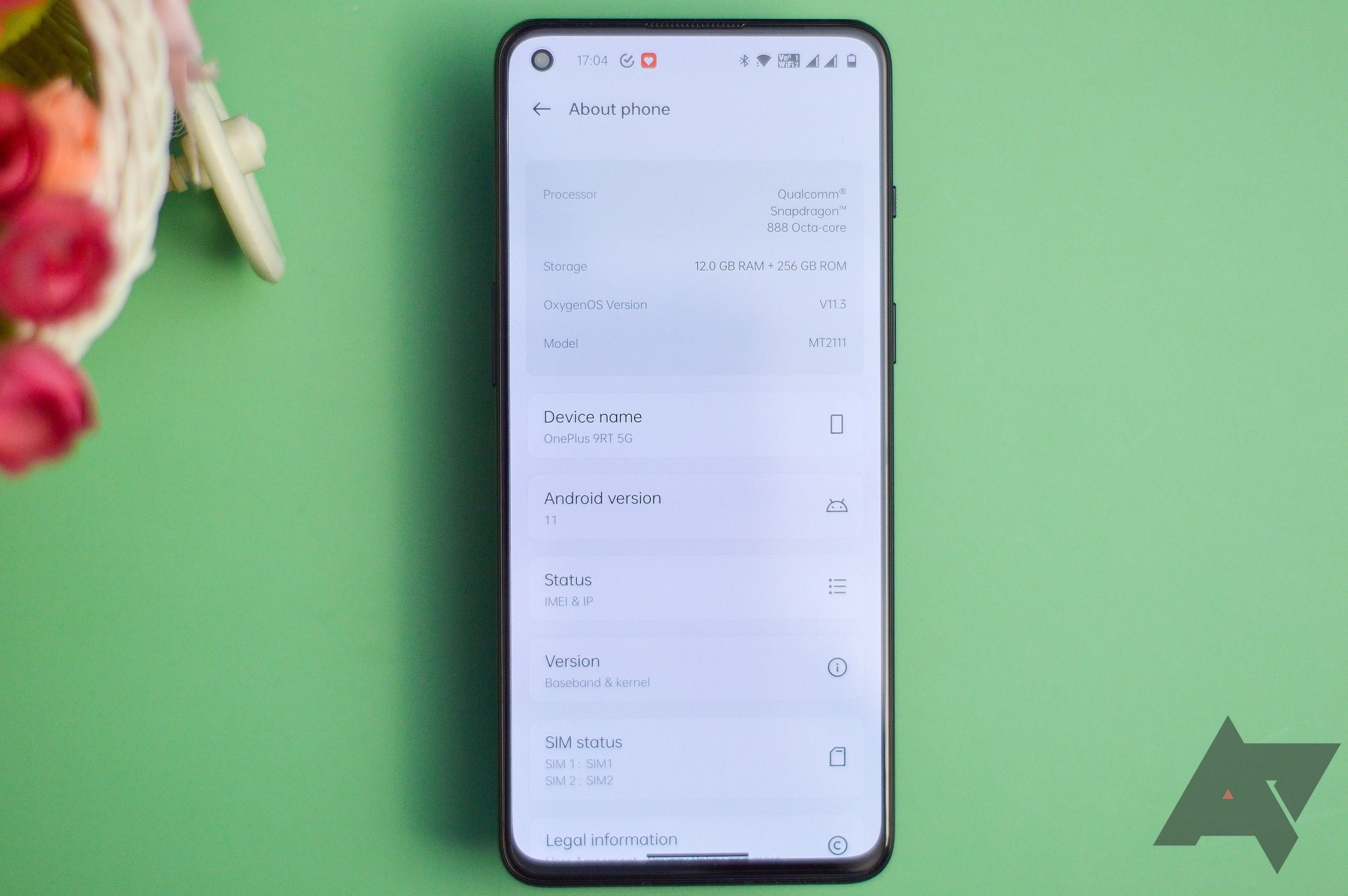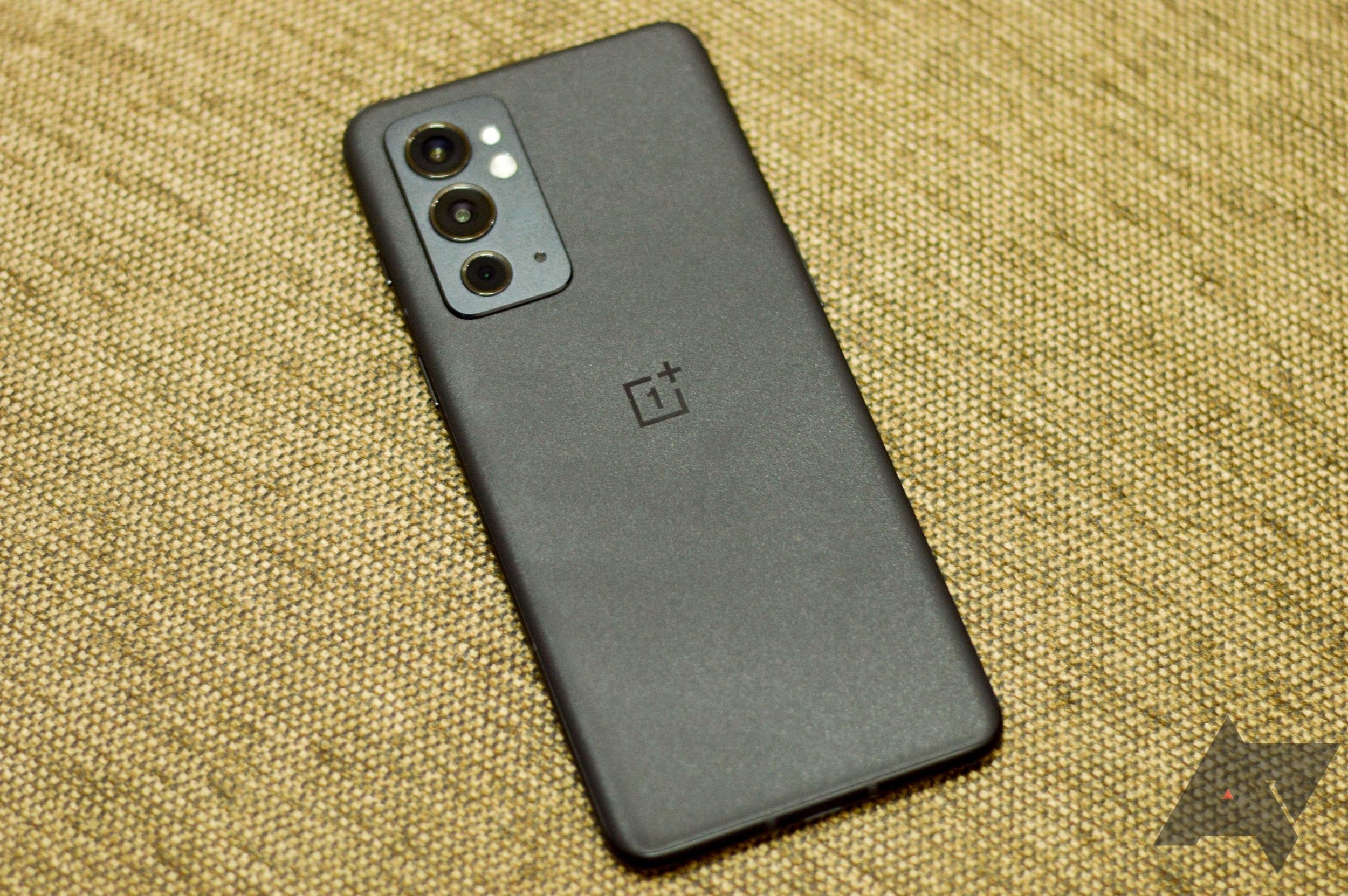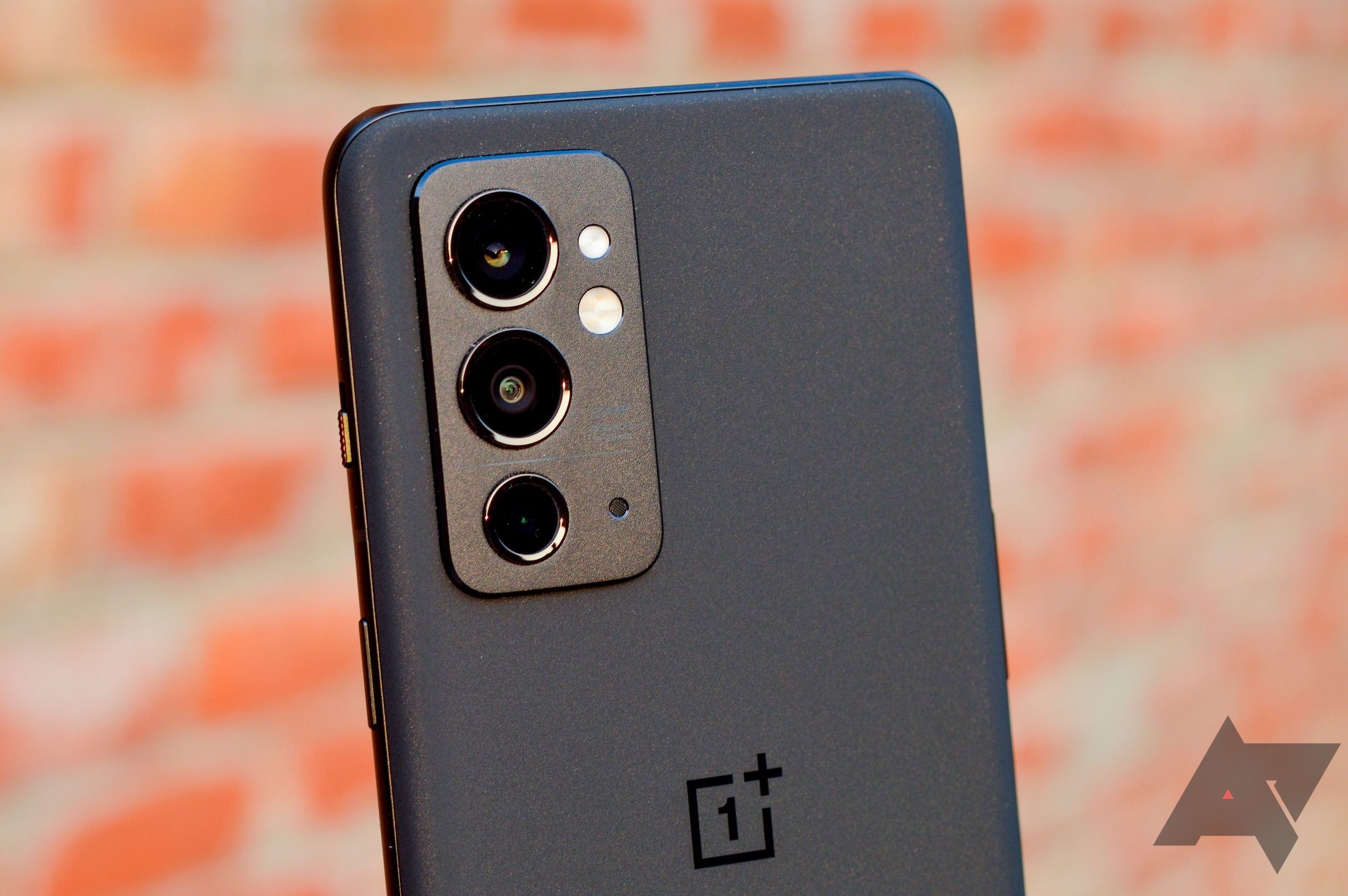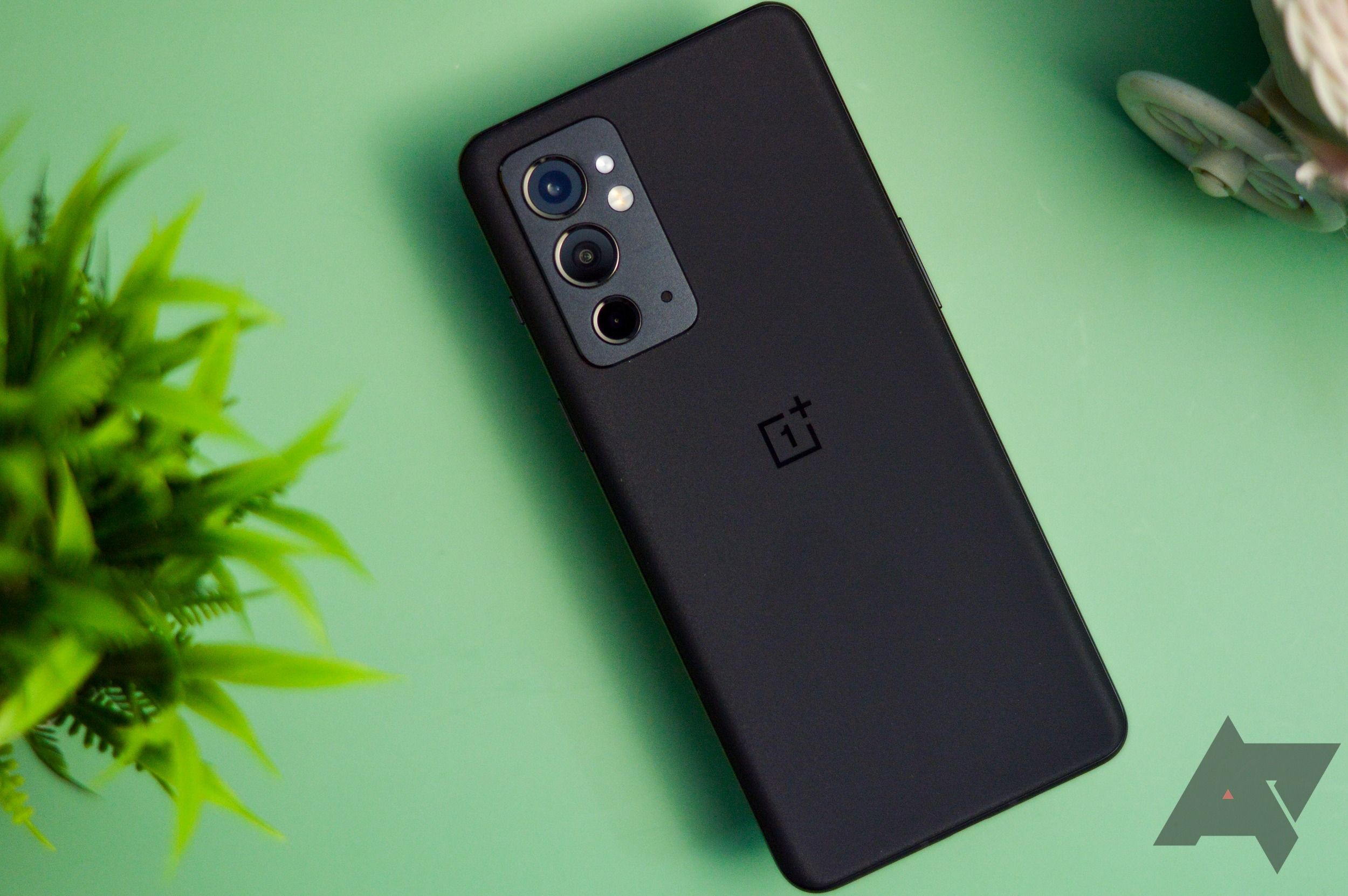Budget flagships still comprise a big part of OnePlus’ identity, at least in markets like India, where the Nord 2 and the 9R have consistently outsold the more premium OnePlus 9 and 9 Pro. Now, the OnePlus 9RT is taking over the reins while trying the fill the gaps that its predecessor left. The new upper mid-range phone from OnePlus has a lot of neat improvements to make it more compelling. But OnePlus still appears to be struggling with the choices it has made for OxygenOS, which is going to be a big factor when considering the OnePlus 9RT.
OnePlus 9RT
There’s a lot to like about the OnePlus 9RT, especially at its pretty reasonable price. It’s definitely one of the better OnePlus phones to come out in a while, but the company’s convoluted software strategy is holding it back.
- Brand: OnePlus
- SoC: Snapdragon 888
- Display: 6.62-inch OLED, 2400 x 1080, 120Hz, Gorilla Glass 5
- RAM: 8GB/12GB
- Storage: 128GB/256GB
- Battery: 4500mAh, 65W wired, charger included
- Ports: USB 2.0 Type-C
- Operating System: Android 11 with OxygenOS 11
- Front camera: 16MP f/2.4
- Rear cameras: 50MP f/1.8 OIS 4k60fps (main) + 16MP f/2.2 (ultrawide) + 2MP (macro)
- Connectivity: 5G (8 bands), Wi-Fi 6, Bluetooth 5.2, NFC
- Others: Stereo speakers, alert slider, in-display fingerprint scanner
- Dimensions: 162.2 x 74.6 x 8.29mm
- Colors: Silver, black
- Weight: 198.5g
- Price: Starting at ₹42,999 (~$580)
- The build quality is top notch.
- Great 1080p 120Hz OLED screen.
- Excellent performance with minimal heating.
- Super-fast charging with Warp Charge 65.
- Improved rear cameras.
- Slightly less aggressive battery management.
- It comes preloaded with Android 11, with the Android 12 update not in sight.
- The Oppo-fied OxygenOS 11 version needs to iron out some issues.
- Rear cameras struggle in low light.
- Still no “premium” features like an IP rating, wireless charging, and Comfort Tone.
Design, hardware, what’s in the box
Left: OnePlus 9R, Right: OnePlus 9RT.
The OnePlus 9RT looks much closer to the pricier 9 family than the 9R, largely because of the redesigned two-tier rear camera bump. The matte black finish on the back has a bit of shimmering effect and a nice smooth texture. It feels so good to touch that you’d be tempted to use the phone without a cover. But that is a risk as the back is made out of glass (Gorilla Glass 5, to be specific).
OnePlus has used the same glass on the front to cover the 6.62-inch 1080p OLED screen. It’s the same Samsung panel that the 9R uses, so you get the same excellent brightness, color accuracy, and 120Hz refresh rate (no variable rate here, unfortunately). The 9RT’s display, however, shows signs of color shift when looking at a particular angle; it isn’t anything significant but is still worth pointing out. On the plus side, the default color profile looks more balanced here, unlike older OnePlus phones that tend to have a warmer tone.
If there’s one feature that other brands should copy from OnePlus, it has to be the alert slider. It’s so convenient to have a physical button to quickly put the phone on silent, without the need to wake it up or even pull it out of your pocket. The company has also ever so slightly improved the stereo speakers on the 9RT, with fuller sound and higher maximum volume, though the difference is perceptible only when you compare it with the 9R side by side. You’ll also notice that the in-screen fingerprint reader has been moved further down, closer to the chin. It may cause some inconvenience on the first couple of days, but you’ll adapt to the new sensor position.
Left: OnePlus 9R, Right: OnePlus 9RT.
Inside the elongated, bright red box, you’ll get the OnePlus 9RT, Warp Charge 65 charger (yes, it still comes with a charger), USB-A to USB-C cable, some documents, and a nice matte black case.
Software, performance, and battery life
OnePlus has had a rough time in the last few months. Firstly, its decision to merge OxygenOS into ColorOS wasn’t warmly received. And more recently, the OxygenOS 12 update pushed to the OnePlus 9 and 9 Pro was so buggy that it had to be pulled. The 9RT ships with Android 11 onboard, though with a support promise until Android 14. It’s still a shame that a phone of this class is launched with Android 11 — the same version that the OnePlus 8T came running — but that isn’t the worst part.
OnePlus’ software strategy is a mess right now, to say the least. There are two versions of OxygenOS 11 right now — the "original" one that the 9R came running and the new Oppo-fied version that the Nord 2 and now the 9RT come preloaded with. The latter is basically a blend of the original OxygenOS and Oppo's ColorOS, bringing together features and elements from both skins — unlike OxygenOS 12, which is essentially ColorOS but with a different name.
The OxygenOS 11 version on the OnePlus 9RT has picked up a few design bits and apps from ColorOS, like the camera app and the reshuffled phone settings have been borrowed from Oppo. However, that doesn’t mean there is much inherently wrong with this OS — first-time OnePlus users won’t even know what has changed — but it’s the long-time OnePlus fans who will be annoyed by the general direction OxygenOS has taken.
During my testing, I noticed that the phone drops a few frames here and there, even while using lightweight apps. Animations, too, at times look jerky and have now lost the finesse they had on the 9R. For instance, the brightness slider would gently change the brightness level earlier, but now it’s a more instant effect that looks unrefined.
The preloaded OS may still need some polishing, but one big improvement that I noticed in this OxygenOS 11 version is that the background app management isn’t as aggressive as before. Apps like Synology Photos were able to run automatic backups in the background without the need to open them in the foreground every other day. Although a more aggressive power-saving system kicks in when the battery level goes under 15%, sometimes even preventing apps from accessing the internet. Thankfully, the processor isn’t being throttled on a per-app basis this time around, as evident in the Speedometer 2.0 benchmark, though you do get a high-performance mode to boost the CPU output even more at the expense of battery life.
OnePlus has made up for those software woes by bringing some noticeable enhancements to the phone’s performance. Powered by the Snapdragon 888 processor, the OnePlus 9RT now matches its more premium siblings and has gotten much more efficient at handling the heat. Even when taxed with some demanding games for over an hour, the internal temperature didn’t go over 35°C (or 43°C with Genshin Impact running at 60fps), all thanks to a new, larger heatsink.
That’s one of the reasons why OnePlus is targeting this phone to gamers. Another lure is the 600Hz touch sampling rate (versus 300Hz on the 9R) that you can enable while gaming for improved touch feedback. The games I play don't need such high polling rates, but I can imagine it coming in handy during competitive gaming.
The entire battery system on the 9RT has been carried forward from the 9R. The 4500mAh battery consistently lasted me for a day with 6 hours of screen-on time. That's with AOD enabled and basic use that involves a bit of social media, emails, calls, messaging, video streaming, and music. With gaming, the battery drains rather quickly. After a 1.5-hour session of playing games at the highest graphics settings, the battery dropped by over 40%. But with the included 65W charger, you can top up the phone at blazing-fast speeds. Standing true to the company’s claim, the phone takes less than 30 minutes to go from 10% to full.
Cameras
For the 9RT’s main camera, OnePlus has reused the 50MP Sony IMX 766 sensor from the Nord 2, giving the 9RT a nice boost in image quality. Photos taken in broad daylight turn out sharper than the 9R and don’t lose the finer details even when you zoom in with the help of OIS. These images are also noticeably more color accurate, though you don't get the Hasselblad tuning of the OnePlus 9.
The primary camera also preserves most of the details indoors but produces muddy shots when it starts to get dark. Skin tones are more life-like when you use the portrait mode versus a more saturated look in the normal mode. If you take full-size 50MP shots from the camera, you’ll end up with over-sharpened images that don’t look as good as the usual binned ones. There is also a high-res mode in the camera app that artificially bumps the image resolution to 108MP. I couldn’t find any material use of this feature over the 50MP mode, except that these high-res shots are wider.
The 9RT gets a new 16MP ultrawide camera that looks closer to the primary camera on a cursory look. But when you zoom in on its photos, you’ll notice that the details haven’t been retained, and there’s a slight pinkish hue visible, especially on gray concrete surfaces. The same goes for its dynamic range, which is also not as good as the main camera.
Should you buy it?
Probably. The OnePlus 9RT has addressed many of our complaints with last year’s 9R. From superior performance to better rear cameras, the 9RT checks a lot of boxes, even for a phone that is a few months late to the market. OnePlus has also got the pricing right this time.
The primary foible holding it back is software and the current direction of OxygenOS. The Android 12 update for the 9RT is still a few months away, and the rough state of Android 12 on the OnePlus 9 and 9 Pro doesn't engender much confidence.
If you’re willing to give Xiaomi’s MIUI a shot, you might consider the newly launched Mi 11T Pro instead. It not only costs less but also offers a better 10-bit OLED screen, a bigger battery, and faster charging; though you’ll still have to put up with Android 11. You can also take a look at the Galaxy S21 FE, which comes running Android 12 out of the box, backed by Samsung’s superior update record. However, its Indian variant starts at ₹55,000 (~$740), and it has the Exynos 2100 instead of the better Snapdragon chip.
Buy it if...
- You play a lot of games and want to avoid overheating.
- Top-notch camera quality isn’t a priority.
Don't buy it if...
- Having the latest and consistent software experience is a must.
- You can spend more on a higher-end phone from Samsung or Apple.

